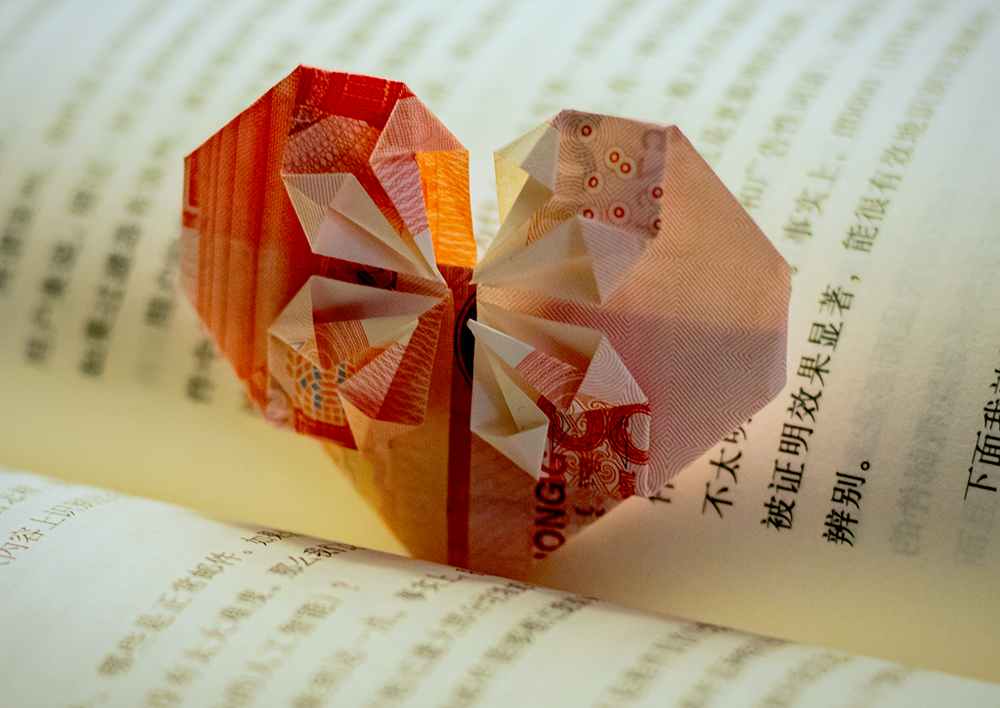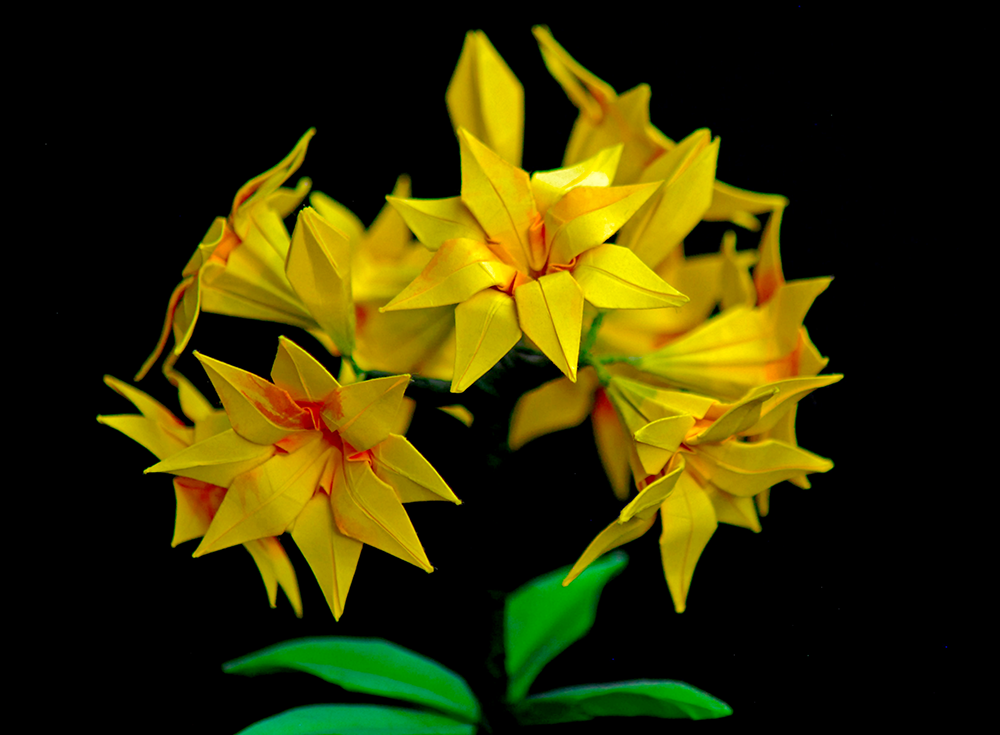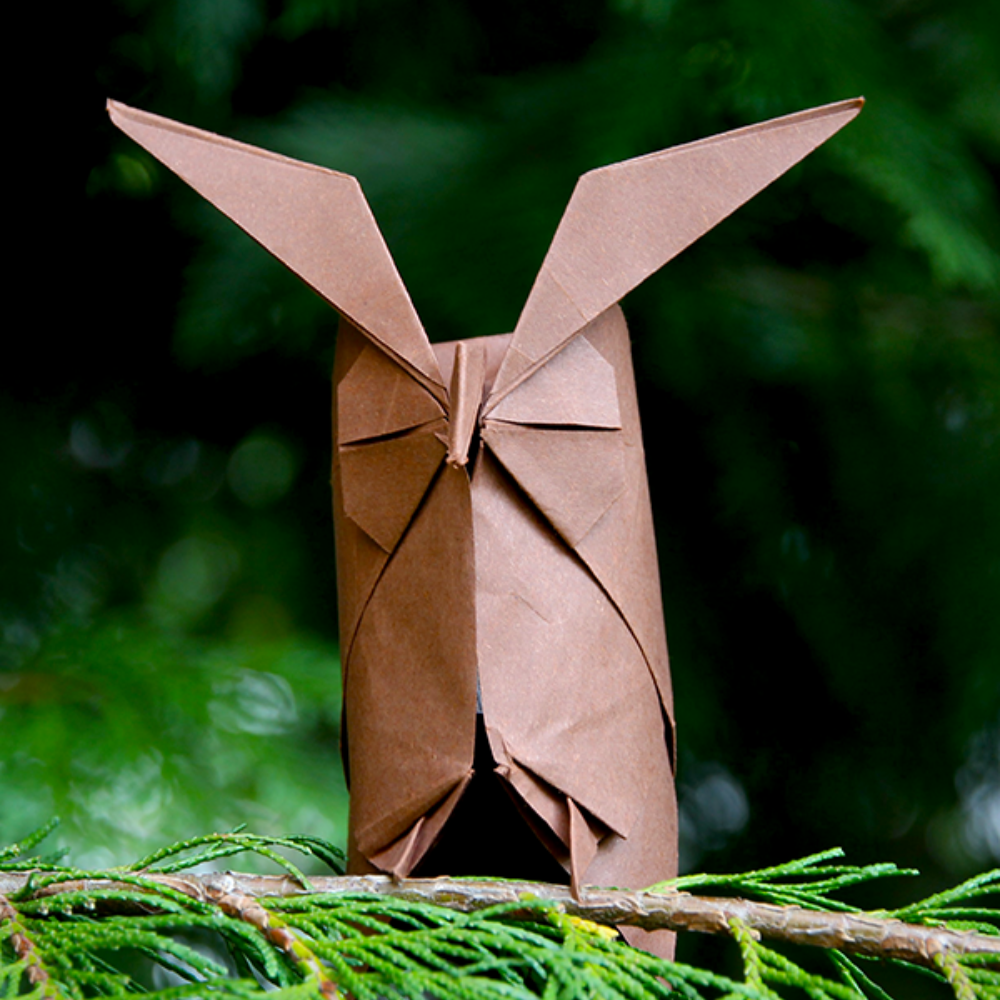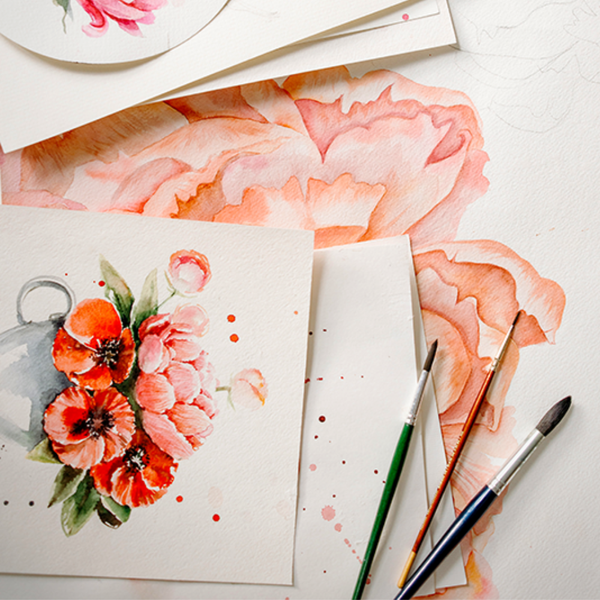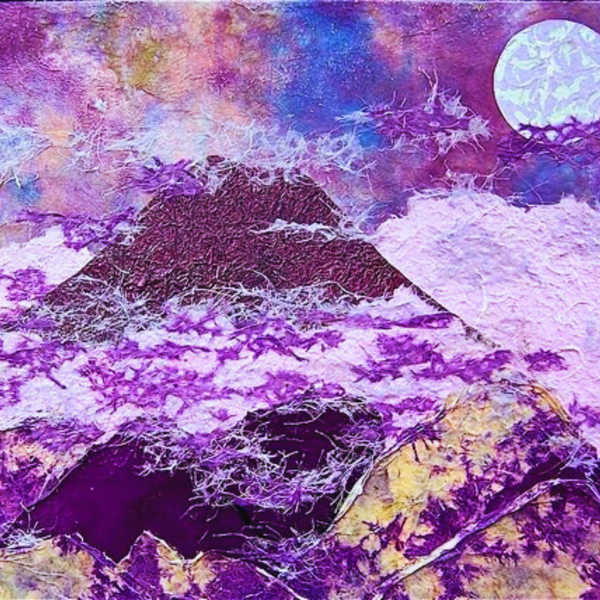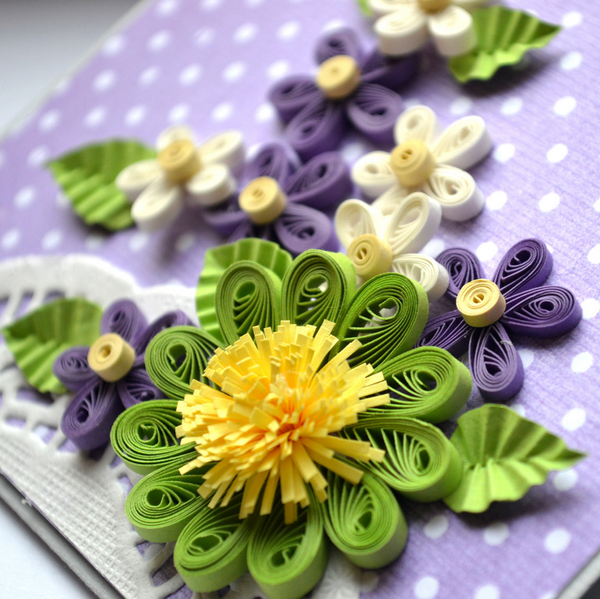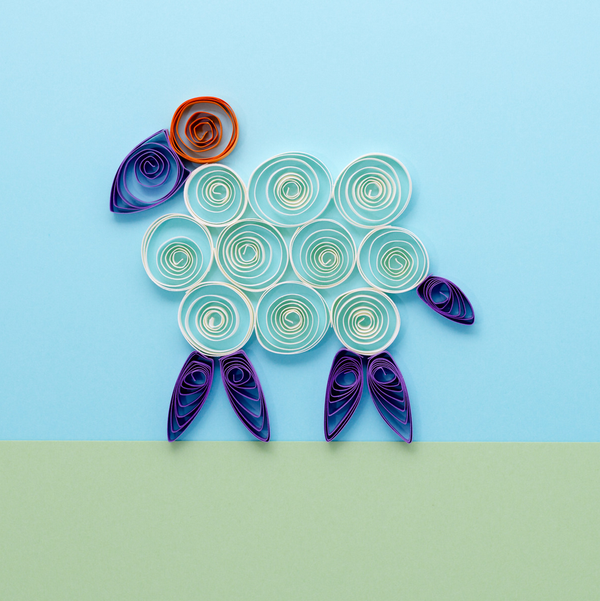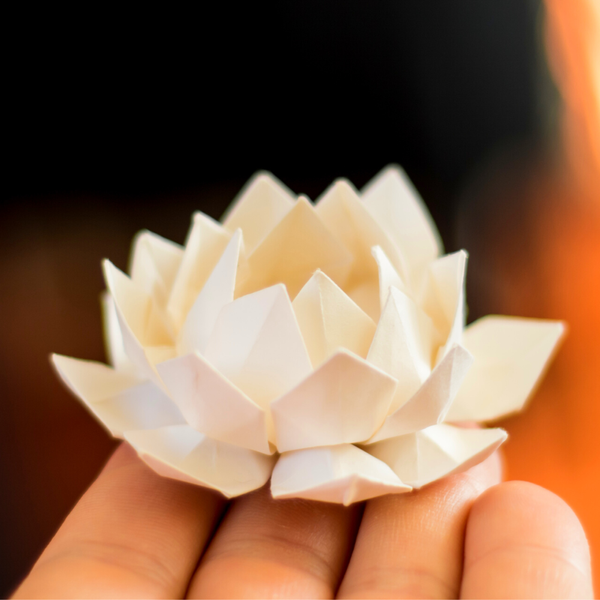Delve into an ancient art form where simplicity meets complexity, and a single sheet of paper breathes life into extraordinary creations.
Japanese paper craft, a tradition steeped in history, transforms the humble origins of paper into intricate paper sculptures that tell stories of culture, innovation, and artistic expression.
From delicate folds that form the wings of a crane to complex patterns that shape modern design, this art form is a testament to the power of imagination and the dexterity of human hands.
The Japanese art of paper craft, commonly known as origami, is a captivating art form that has been practiced for centuries.
It involves folding a single sheet of paper—often square—into a variety of shapes and figures without the use of cuts or glue.
This traditional Japanese art has evolved over time, incorporating new folding techniques and expanding its influence beyond cultural boundaries.
Discover the elegance of precision and the dance of geometry in the mesmerizing world of Japanese paper craft.
Let's unfold the layers of this timeless practice and explore how it continues to fold, bend, and reinvent the boundaries of art and functionality.
Key Takeaways:
- Discover the rich history and techniques of Japanese paper craft, known as origami, a traditional art form that transforms a simple sheet of paper into intricate designs.
- Explore the various styles of origami, from the classic origami crane to modern origami, and how they reflect Japanese culture and artistic expression.
- Learn about the influence of origami on other fields, such as computer science and design, through origami sekkei and innovative techniques.
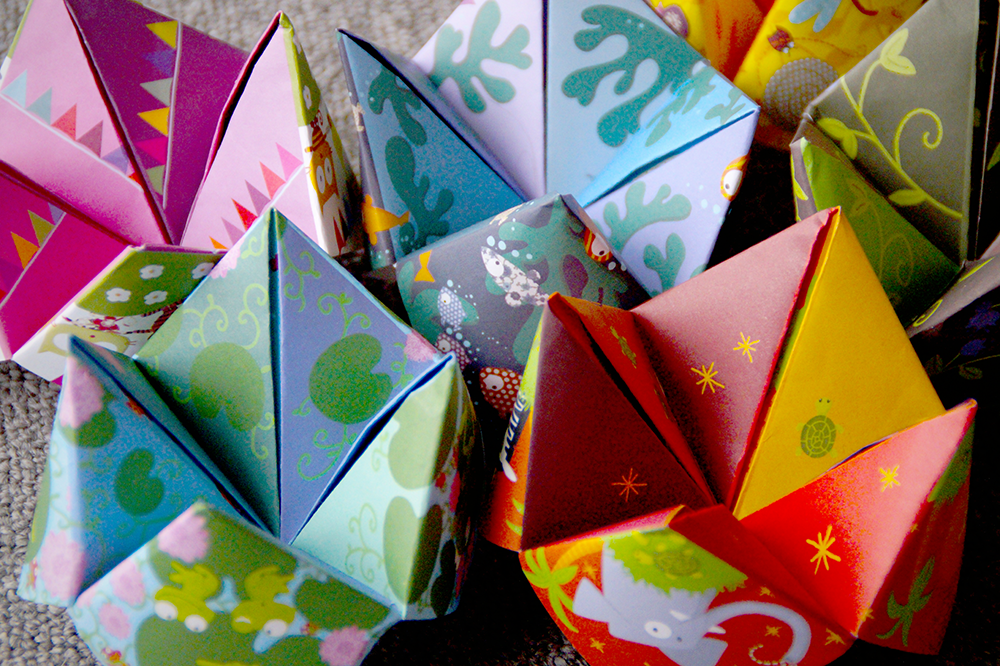
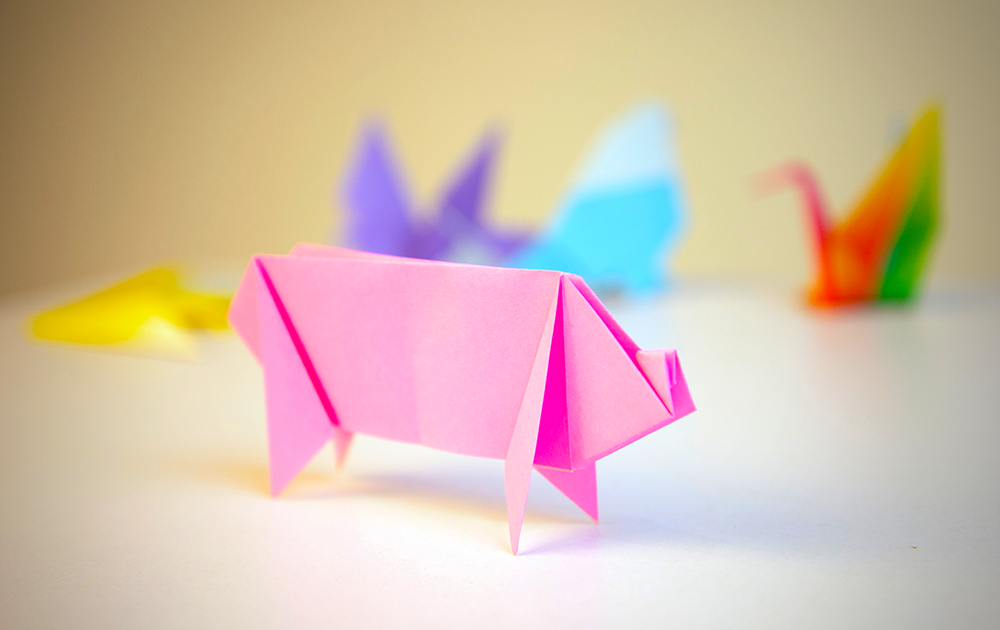
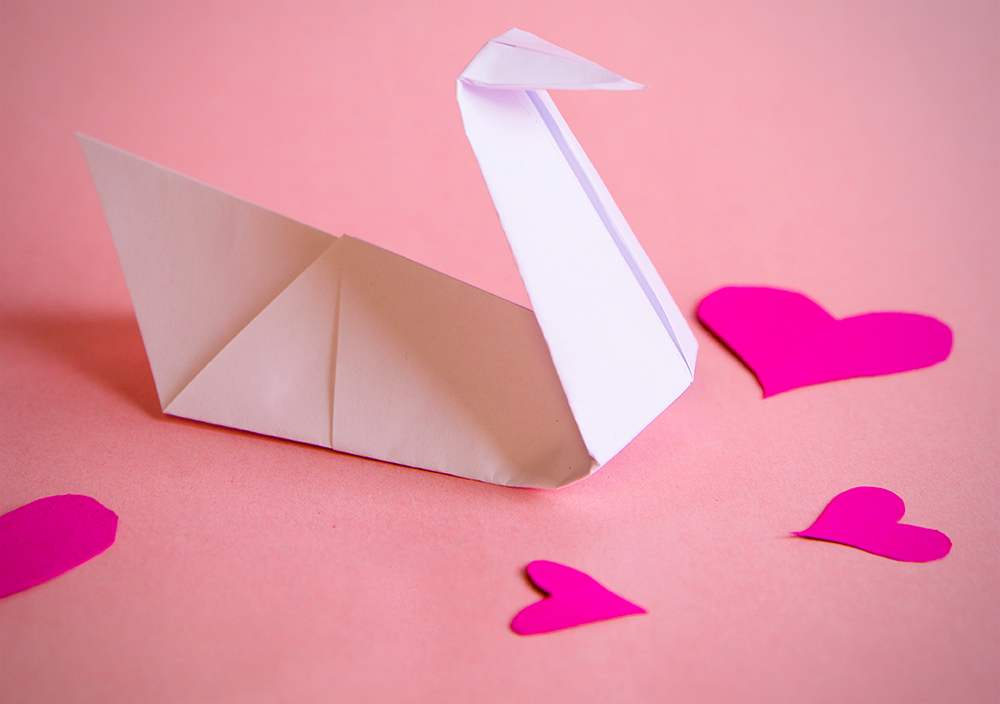
Essence of Origami
The word origami comes from two Japanese words: "ori" meaning folding, and "kami" meaning paper.
At its core, origami is about creating beautiful shapes and figures through the folding process.
The art of paper folding is deeply ingrained in Japanese culture and is taught in many Japanese schools as a way of fostering creativity and patience.
History and Cultural Significance
Origami's history is as rich as the designs it produces.
It began in the 17th century and has been passed down through generations.
Initially, it was a luxury art form due to the high cost of paper, but as paper became more accessible, origami spread throughout Japanese society.
The paper crane origami, in particular, is a symbol of peace and longevity in Japanese culture.
Traditional vs. Modern Origami
While traditional Japanese art focuses on creating symmetrical and geometric shapes, modern origami pushes the boundaries with more complex models and innovative techniques.
Modern origami artists often explore the limits of what can be created from a single sheet of paper, resulting in breathtaking and intricate designs.
Origami Techniques and Styles
There are several origami techniques, including wet folding, which allows for more rounded and gentle curves, and modular origami, where multiple pieces of origami paper are combined to create more elaborate structures.
Each technique offers a different approach to the art, allowing for a wide range of artistic expression.
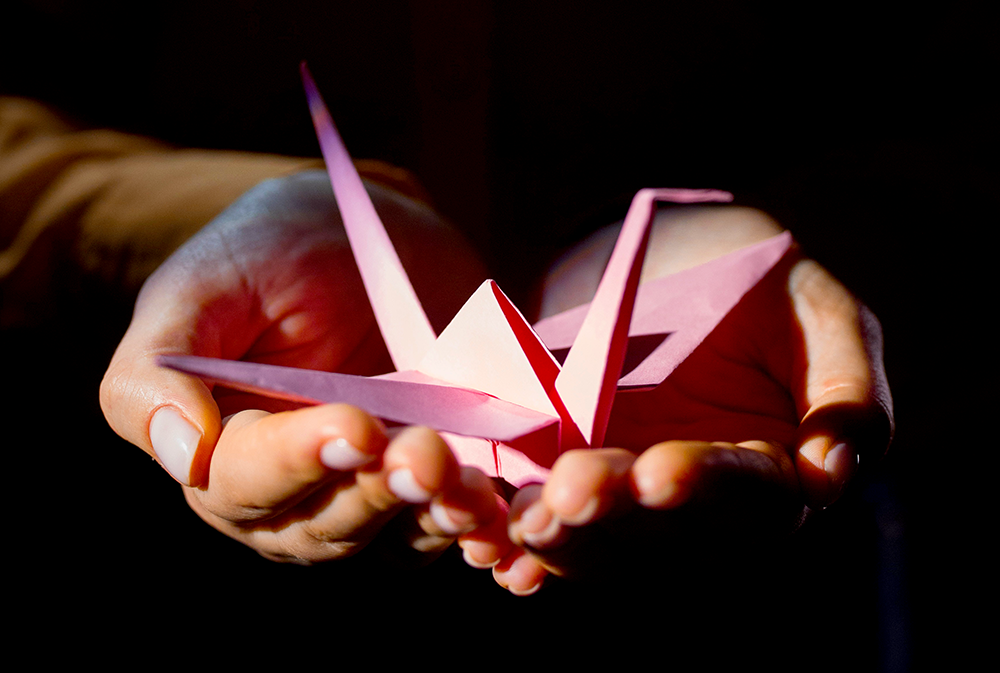

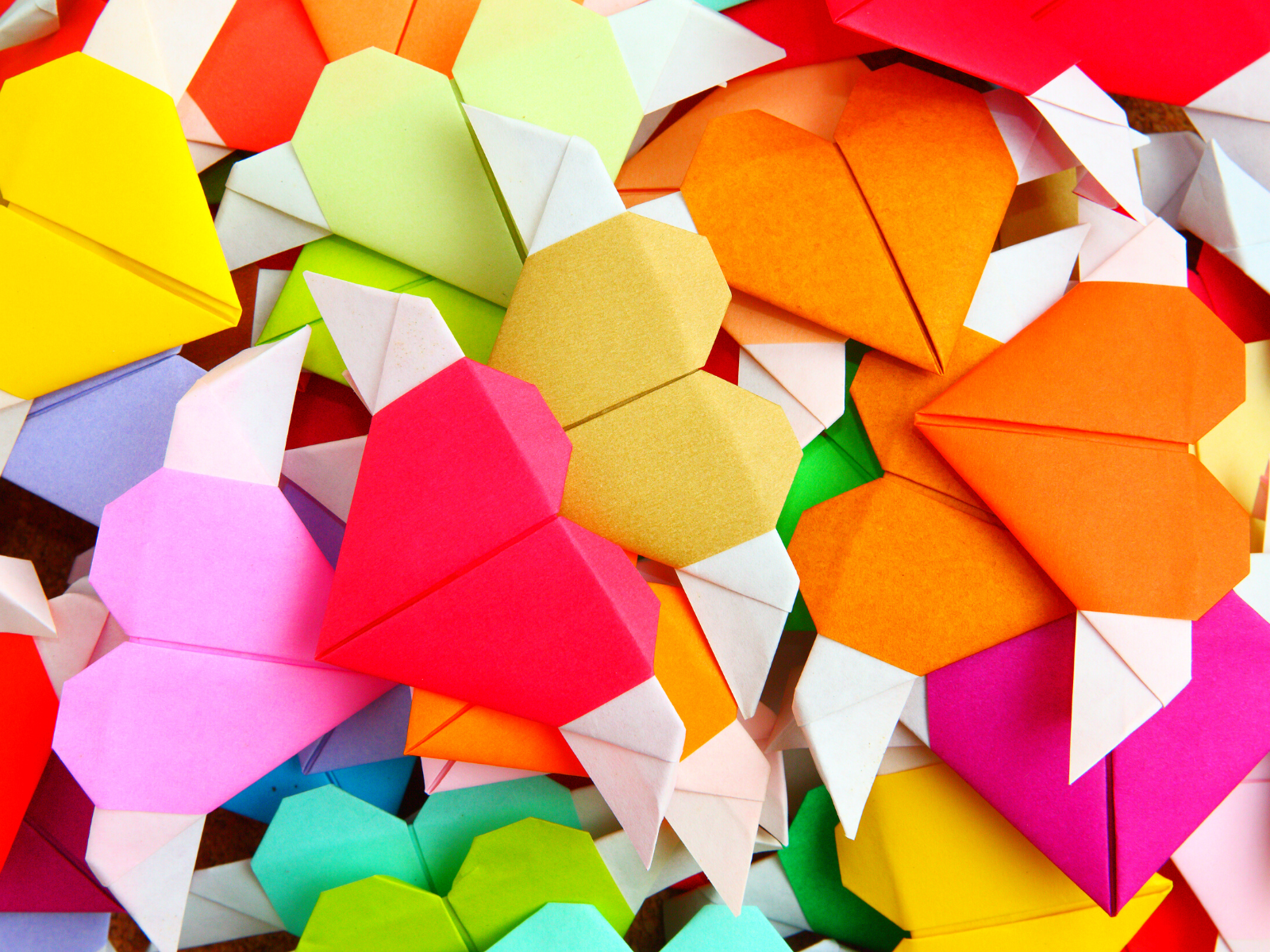
Origami Paper and Materials
The traditional paper used for origami is called washi paper, known for its strength and flexibility.
However, artists also use various other types of paper, including thin paper, tissue paper, and even money origami, which involves folding currency into different shapes.
Basic Folds and Bases
The foundation of origami lies in its basic folds, such as mountain folds and valley folds, which are combined to form origami bases.
These bases are the starting point for most origami models and can be manipulated into countless shapes.
The Evolution of Origami Technique
The Japanese paper folding art, commonly called origami, has undergone a significant evolution in technique over the centuries.
Initially, the practice was limited to simple folds that could create basic shapes, but as the craft matured, the techniques grew more complex.
Today, origami technique encompasses a vast array of folding methods, allowing artists to create intricate designs that were once thought impossible.
From the traditional crane to the modern tessellations, each origami model stands as a testament to the skill and creativity involved in elevating origami from a craft to an art form.
Advanced origami today employs methods like circle packing and mathematical algorithms to determine fold patterns that yield unprecedented levels of detail.
These techniques have expanded the boundaries of what can be created with a single square paper.
Enthusiasts and professionals alike delve into the challenge of creating origami art that pushes the limits of paper folding, resulting in stunningly complex and lifelike models.
The evolution of origami technique continues to inspire and challenge those who practice this art, ensuring that the tradition of making paper come to life remains vibrant and ever-progressing.
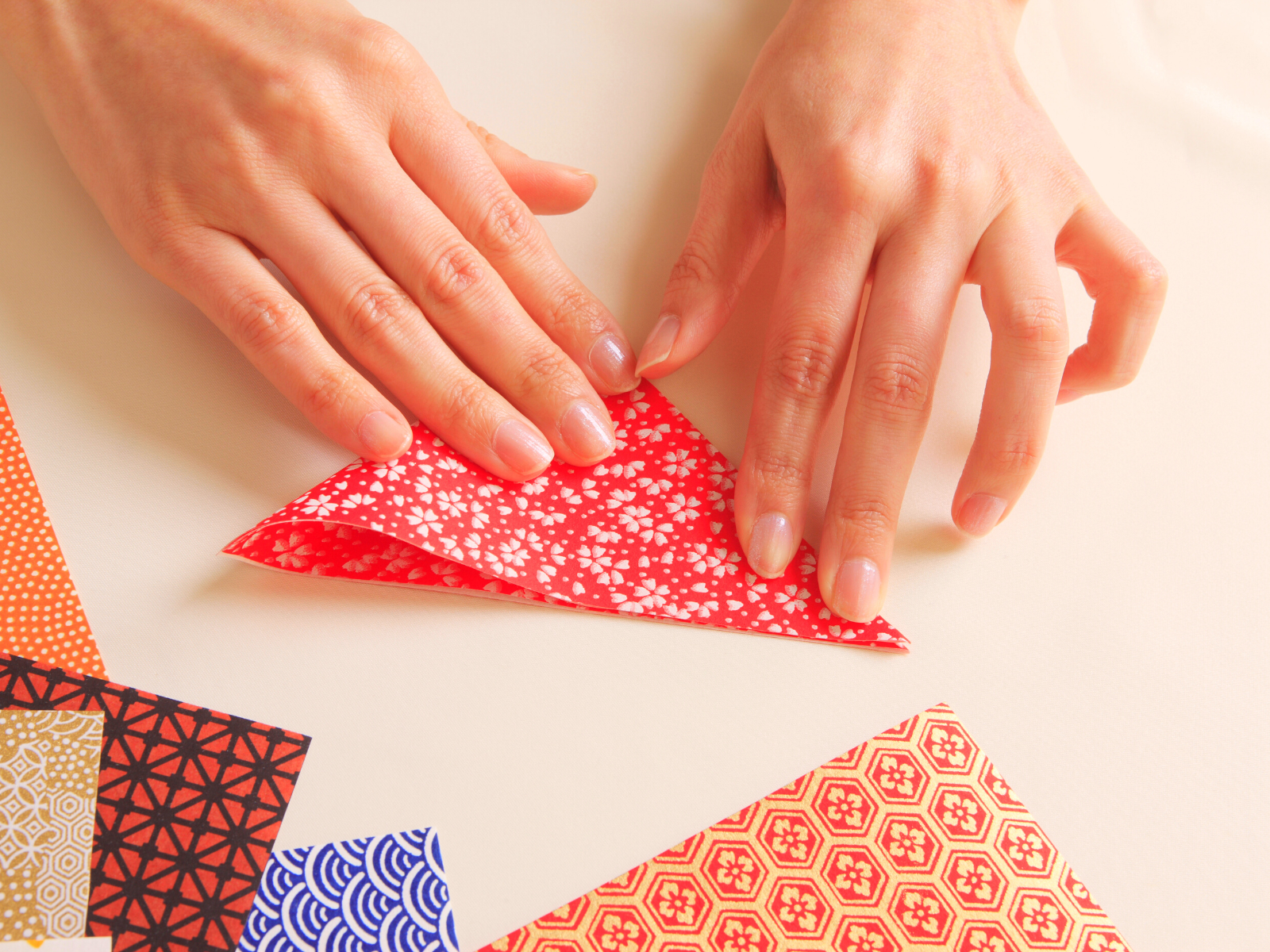
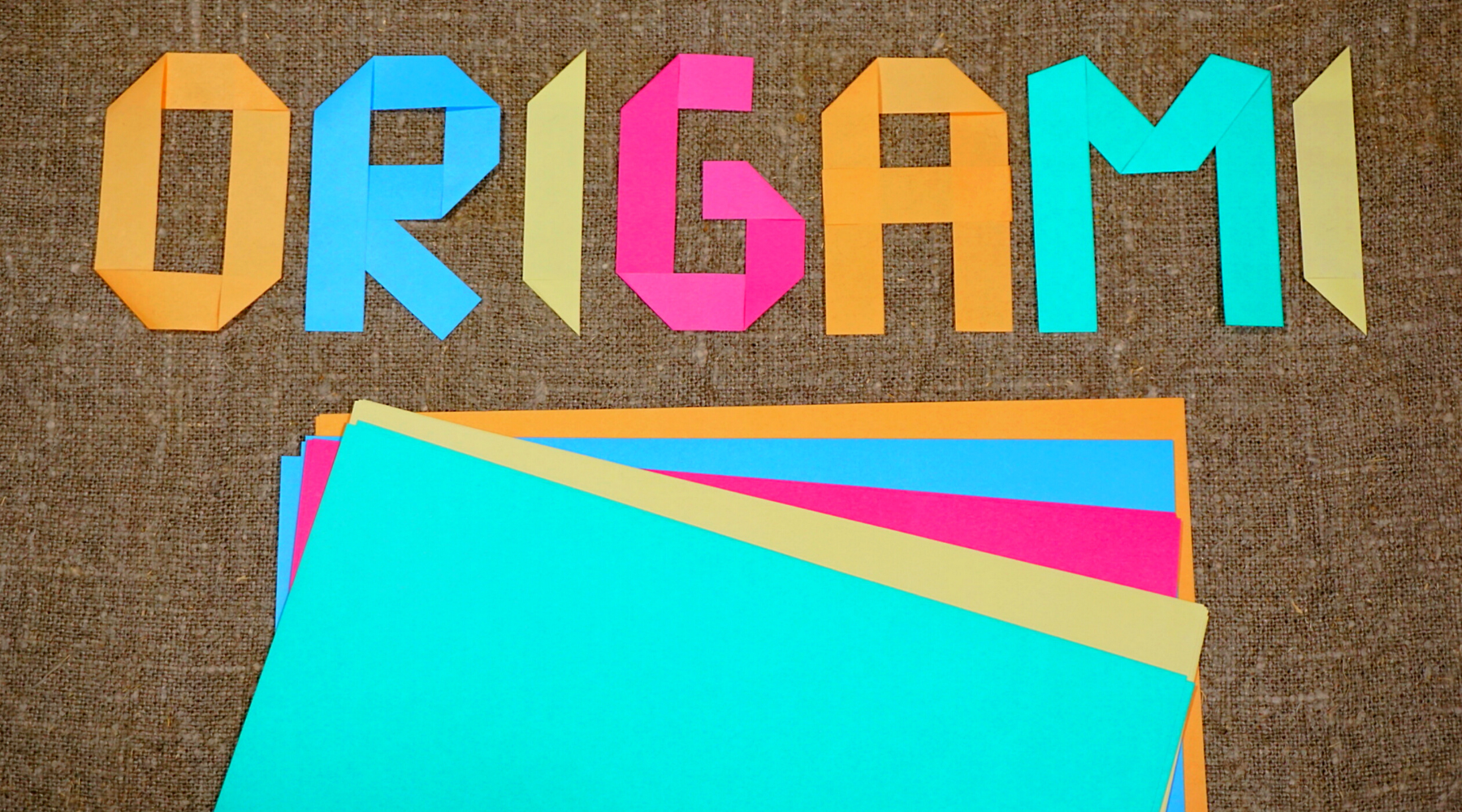
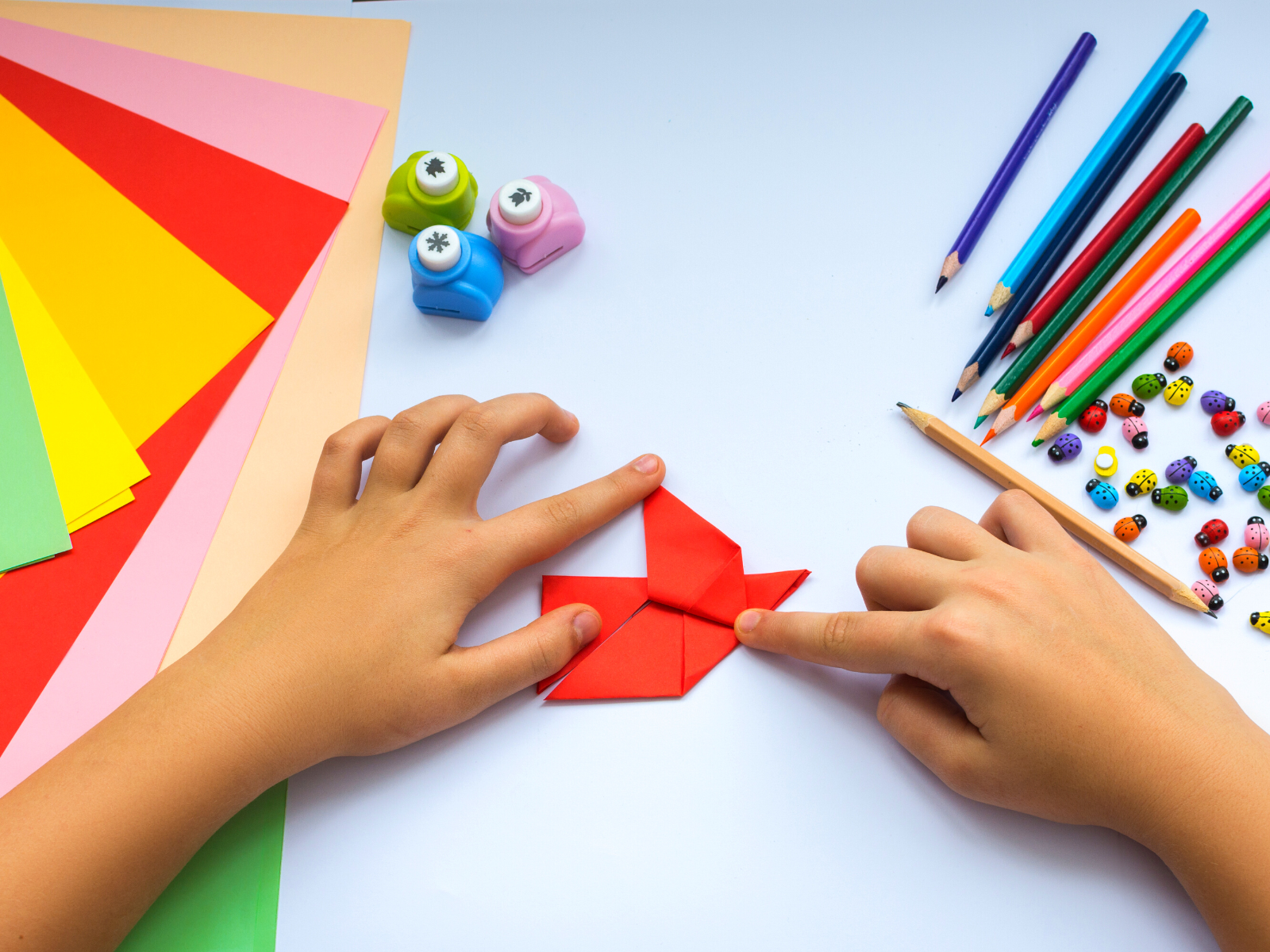
Integration with Modern Design & Architecture
Origami's influence has transcended beyond paper and has found a unique place in modern design and architecture.
The principles of Japanese origami have inspired designers to create beautiful shapes and structures in various materials.
For instance, the concept of folded paper has been applied to metal and fabric, resulting in innovative furniture and fashion pieces that echo the clean lines and geometric beauty of origami models.
This cross-pollination of disciplines showcases the versatility of origami principles and their potential to enhance aesthetic and functional aspects of design.
In the realm of architecture, origami technique has been a source of inspiration for creating structures that are both visually striking and structurally sound.
The concept of folding can be seen in the facades of buildings, where architects use folded metal panels to create dynamic textures and patterns.
Moreover, the principles of origami are applied to solve spatial problems, allowing architects to create collapsible and expandable structures.
The adaptability of origami art in design and architecture exemplifies its profound impact on creative industries, proving that the ancient art of japanese paper folding continues to shape the future of innovation.
Intricacies of Paper Cutting in Origami
Paper cutting, though not traditionally associated with the purest forms of origami which rely solely on folding, has found a place in certain modern interpretations of the craft.
This technique, often seen as a divergence from the no-cut rule of classical origami, allows for more intricate designs and detailed work, expanding the possibilities of paper craft.
Artists adept in paper cutting create origami pieces that can feature delicate patterns and complex structures, which are impossible to achieve with folding alone.
The inclusion of paper cutting has sparked debate among origami purists and innovators, but it has undeniably led to a richer diversity in the art form.
For instance, kirigami, a variation that incorporates cutting, has gained popularity for its ability to produce elaborate and detailed designs.
This has opened up new avenues for artists to explore, and has led to the creation of stunning paper birds and other intricate models that captivate the imagination of viewers.
Complexity of Unit Origami
Unit origami, also known as modular origami, is a fascinating evolution of the traditional Japanese art form that involves folding multiple sheets of paper and then combining them to form a more complex and often symmetrical structure.
Unlike single-sheet origami, unit origami allows for the creation of intricate and large-scale models, ranging from simple cubes to elaborate spheres and beyond.
This technique emphasizes the importance of precision and consistency, as each individual unit must be folded in an identical manner to fit together seamlessly.
The allure of unit origami lies in its collaborative nature and the potential for community engagement.
It is not uncommon for groups of origami enthusiasts to come together, each folding individual units, and then assembling them into a collective masterpiece.
This aspect of unit origami fosters a sense of community and teamwork, making it an excellent activity for educational settings or team-building exercises.
The complexity and beauty of the finished models are a testament to the meticulous work and creativity involved in this advanced paper craft technique.
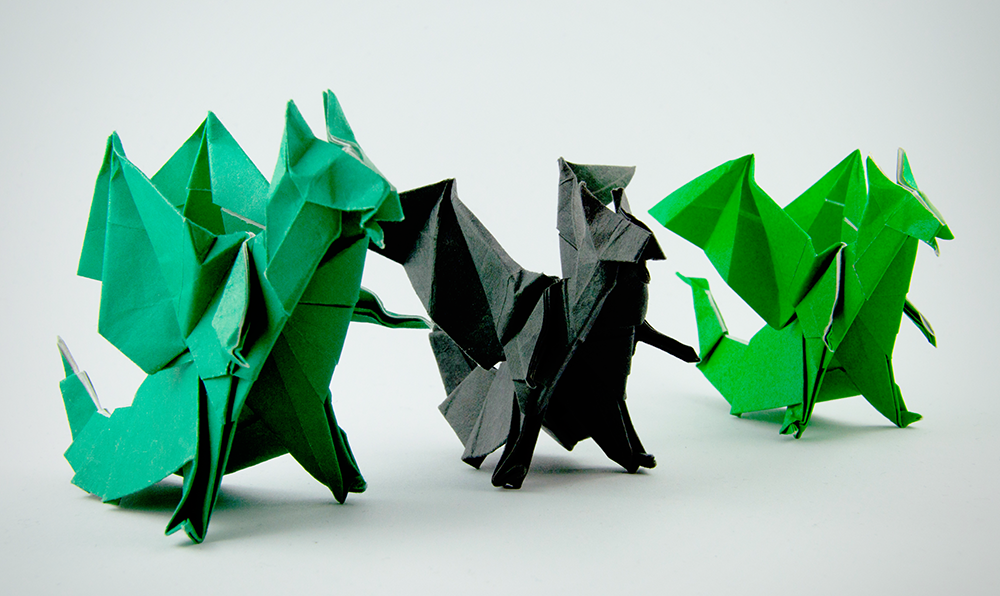
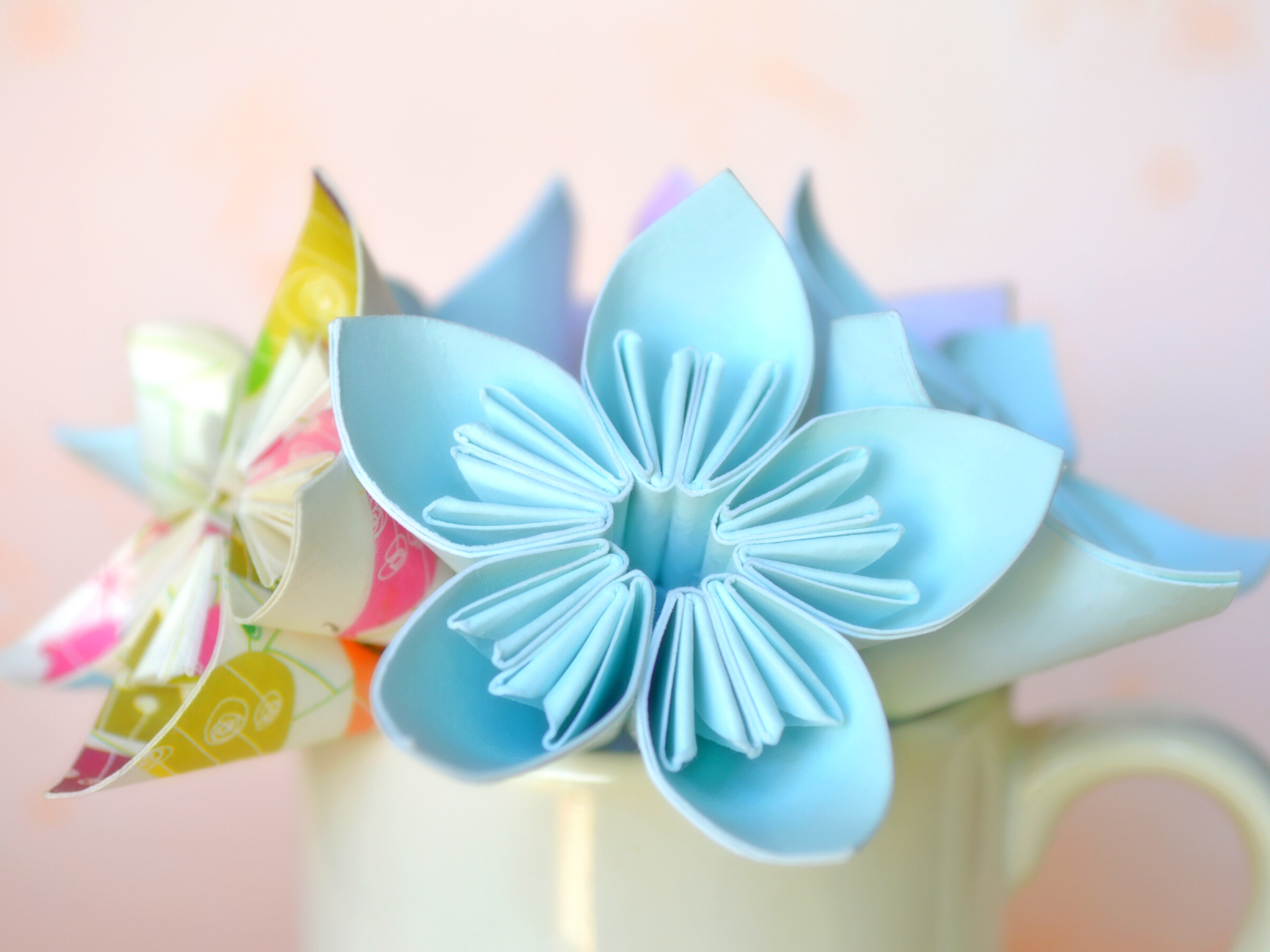
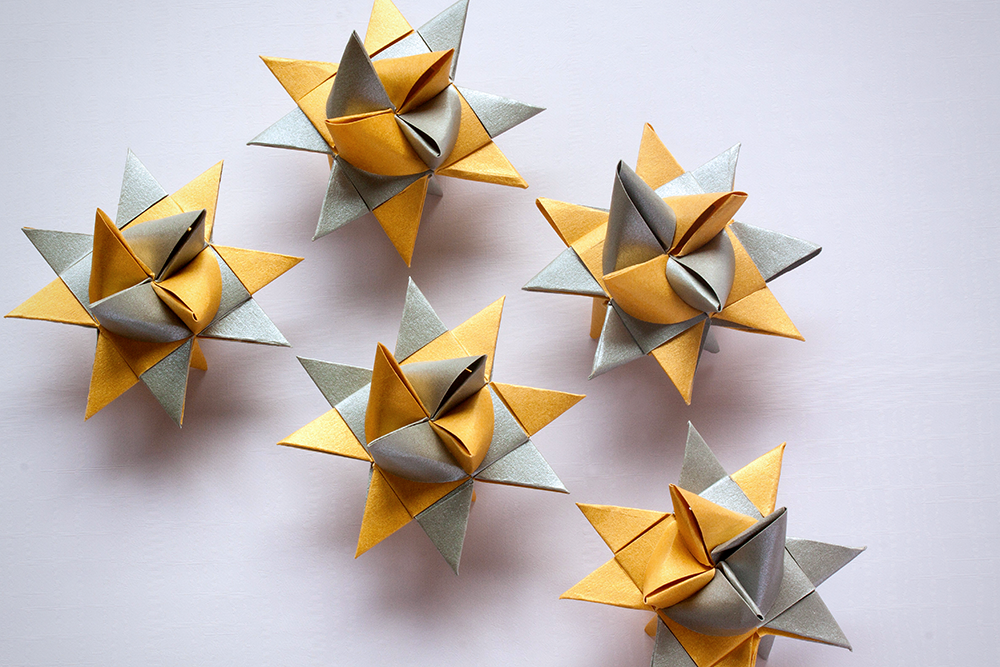
Pureland Origami: Simplifying the Art
Pureland origami is a subset of origami characterized by its simplicity and accessibility.
It was developed by British origami master John Smith in the 1970s with the aim of making origami more inclusive for those who may find traditional folding techniques too complex or daunting.
Pureland origami restricts the folding process to simple folds such as valley and mountain folds, and it does not allow for intricate maneuvers like sinks or reverse folds.
This approach opens the door for beginners and those with limited dexterity to enjoy the art of paper folding.
Despite its simplicity, Pureland origami does not compromise on the potential for creativity and expression.
Enthusiasts can still create a wide array of models, from animals to flowers, using the limited set of folds allowed.
This style of origami serves as an excellent introduction to the craft, providing a gentle learning curve and quick gratification from completing a piece.
It also emphasizes the importance of clean, precise folding, laying a strong foundation for those who wish to advance to more complex origami techniques in the future.
Action Origami: Bringing Paper to Life
Action origami is a fascinating branch of the art form that focuses on creating origami models that move.
The flapping bird is one of the most iconic examples of action origami, where a simple manipulation of the model's tail causes its wings to flap.
This dynamic aspect of origami adds an element of interactivity and playfulness, making it particularly appealing to both creators and observers of the craft.
John Smith, a notable figure in the origami community, has been instrumental in popularizing action origami through his innovative designs and engaging workshops.
By teaching others how to create origami that incorporates movement, such as the flapping bird, he has inspired a new generation of paper craft enthusiasts.
Action origami often involves folding the paper diagonally to create tension points that facilitate movement, showcasing the ingenuity and mechanical understanding required to bring paper to life.
Role of Folding Instructions
Folding instructions, often presented in diagrams or as step-by-step guides, are crucial for learning and sharing origami designs.
They allow anyone to recreate traditional models or experiment with new folding techniques.
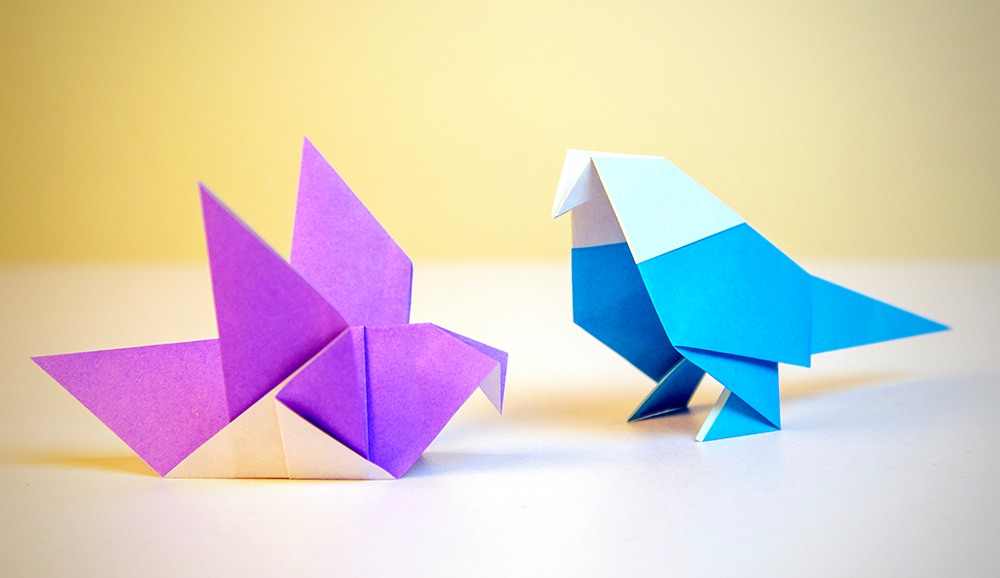
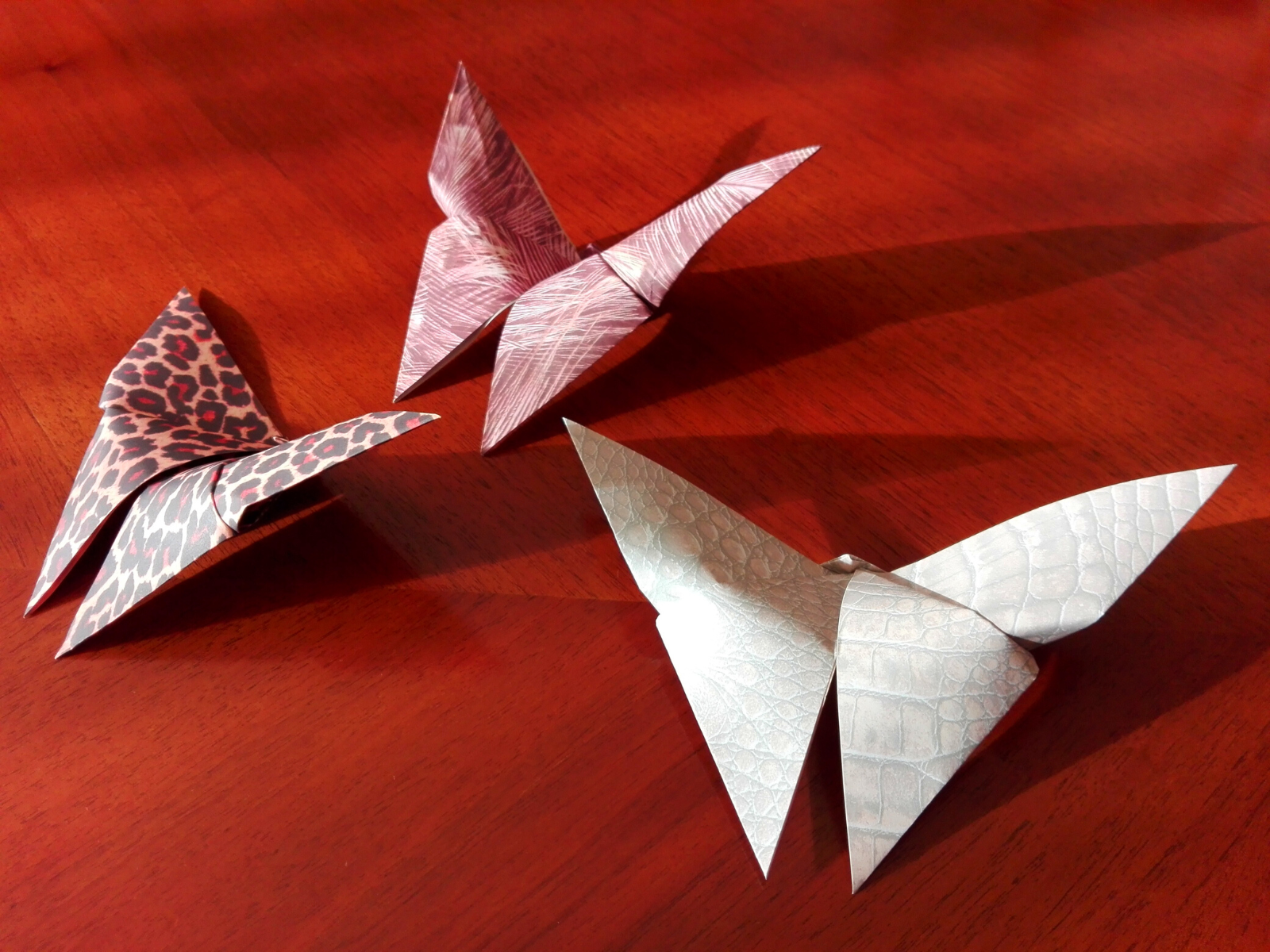

Origami in Education and Therapy
Origami is not only an art form but also a tool for education and therapy.
It helps develop spatial reasoning, fine motor skills, and concentration.
Additionally, the repetitive nature of folding paper can have a calming effect, making it a useful activity for stress relief.
Origami and Technology
The principles of origami have been applied to various fields, including computer science and engineering.
Origami sekkei, or origami design, uses algorithms and computer models to create more complex and functional structures.
Influence of Origami Artists
Origami artists around the world continue to innovate and inspire.
Their work elevates origami from a craft to a recognized art form, showcasing the endless possibilities of folding paper.
The world of origami is not just about paper cranes and boats; it's a constantly evolving canvas where artists from every corner of the globe contribute to a growing tapestry of creativity.
These origami artists are not merely folding paper; they are bending the very boundaries of what is considered possible within the art form, transforming a simple pastime into a sophisticated and respected discipline.
The influence of these paper maestros is profound.
They push the limits of precision and imagination, creating pieces that are as technically complex as they are aesthetically captivating.
By doing so, they inspire a new generation of folders, who see in every blank page the potential for something extraordinary.
Origami in Popular Culture
Origami has made its mark on popular culture, appearing in films, advertisements, and as a source of inspiration for designers and artists.
Its universal appeal lies in the simplicity and beauty of transforming a simple sheet of paper into something extraordinary.
Future of Origami
As new folding techniques and materials emerge, origami continues to evolve.
The future of this art form is bright, with artists and enthusiasts pushing the boundaries of what can be achieved with paper folding.
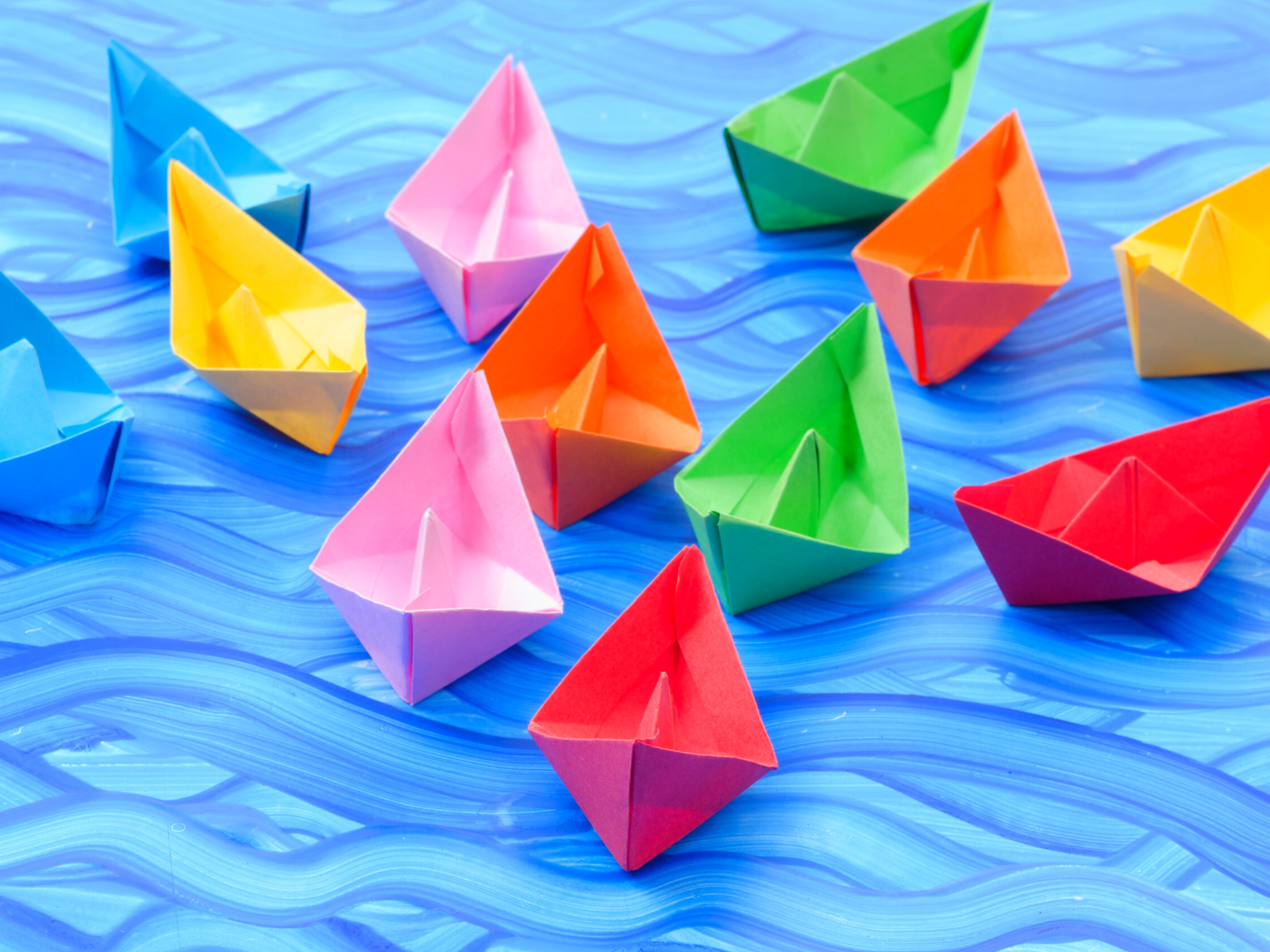
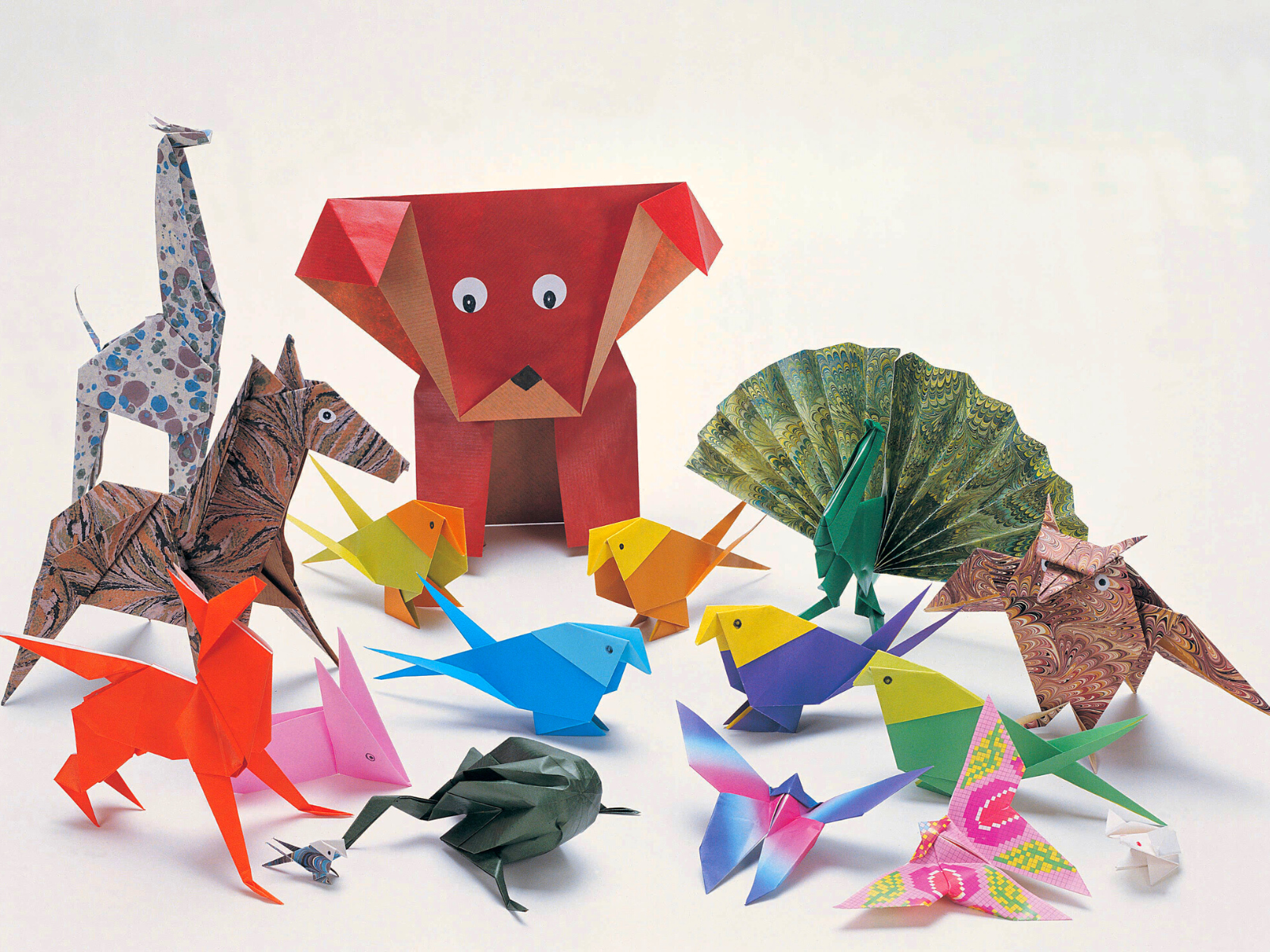
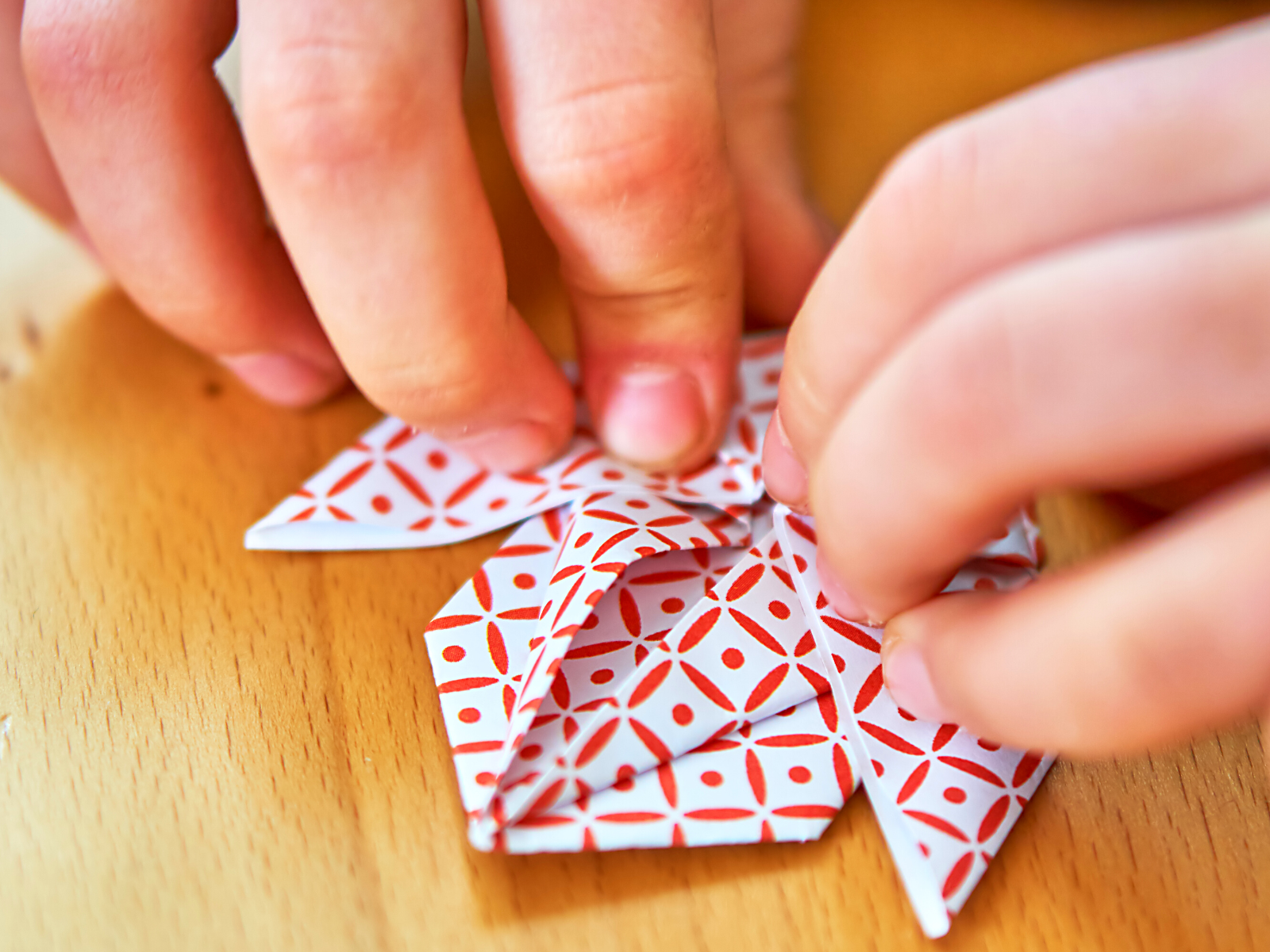
Unfolding the Future: Timeless Allure of Origami
The Japanese art of paper craft, or origami, is a traditional form of artistic expression that has captivated people for centuries.
It's clear that this ancient art form is much more than just paper and creases.
It's a bridge between tradition and innovation, simplicity and complexity, art and science.
From the basic folds to the creation of complex and innovative designs, origami reflects the beauty and intricacy of Japanese culture.
Origami has not only stood the test of time but has also expanded its reach, influencing various aspects of modern life and igniting the imaginations of people across the globe.
The delicate dance of folding paper has proven to be a powerful tool for education, a therapeutic practice for the mind, and a source of inspiration for cutting-edge technologies.
The journey of origami, from its humble beginnings to its current status as a multifaceted art form, is a tribute to human creativity and the endless potential for transformation contained within a single sheet of paper.
Origami remains a testament to the creativity and ingenuity of artists and enthusiasts around the world.
As origami artists continue to fold new frontiers, we can only anticipate with excitement what beautiful and intricate creations will come next, reminding us that the simplest materials can give rise to the most extraordinary art.
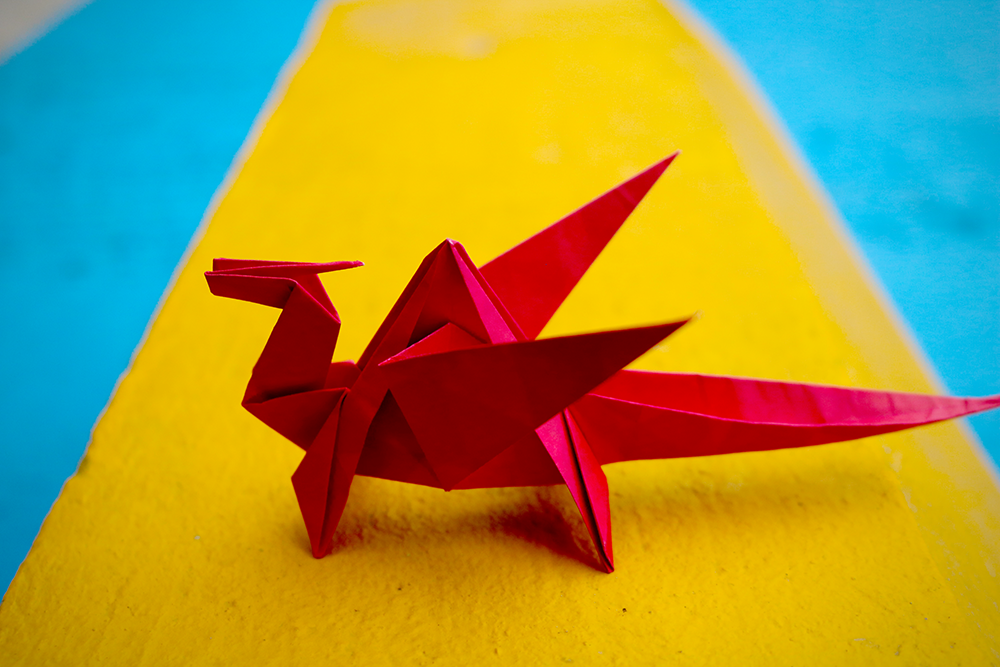
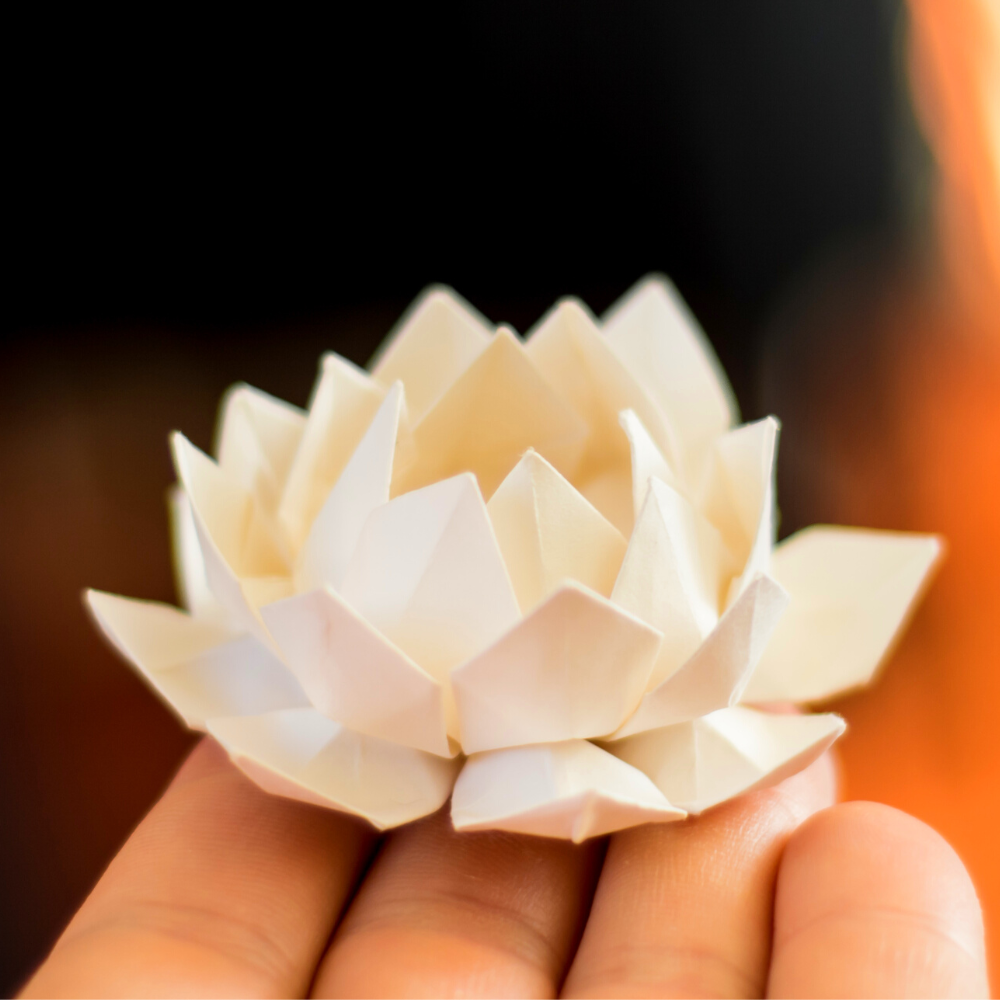

Japanese Paper Craft FAQs
Delve into the intricate world of Japanese paper craft, a realm where precision meets creativity, and tradition intertwines with modern innovation.
Whether you're a seasoned paper folder or a curious newcomer, these FAQs are designed to unfold the layers of this fascinating art form.
From the poignant symbolism of the origami crane to the cutting-edge applications of folding techniques in technology, we've gathered your most pressing questions and provided answers that will not only inform but inspire.
Let's embark on a journey through the folds of paper and time, exploring how a simple sheet can transform into a masterpiece of cultural significance and contemporary relevance.
What is the significance of the origami crane in Japanese culture?
The origami crane is a symbol of peace, hope, and healing during challenging times. It is also associated with a legend that promises a wish granted or a long life to anyone who folds a thousand paper cranes.
Can origami be used for educational purposes?
Yes, origami is used in educational settings to enhance cognitive skills such as spatial visualization, mathematical reasoning, and problem-solving. It also aids in the development of fine motor skills and concentration.
How has origami influenced modern technology and design?
Origami principles have been applied to engineering, architecture, and design, leading to innovations in foldable structures and devices. Origami sekkei, or origami design, utilizes computational algorithms to create complex and functional forms that can be applied in various technological contexts.
What materials are traditionally used in Japanese paper craft?
Traditional Japanese paper craft often utilizes washi, a durable and flexible paper made from the fibers of the gampi tree, the mitsumata shrub, or the paper mulberry. Washi is revered for its texture and strength, making it ideal for intricate folding and cutting.
Is there a spiritual or meditative aspect to paper crafting in Japanese culture?
Yes, the practice of paper crafting, particularly origami, is considered a meditative process that encourages mindfulness and patience. The repetitive nature of folding paper can lead to a tranquil state of mind, and the focus required can serve as a form of active meditation.
What are some popular Japanese paper crafts other than origami?
Beyond origami, other popular Japanese paper crafts include kirigami (cut paper art), chigiri-e (torn paper collage), and kirie (paper cutting). Each craft has its unique techniques and aesthetic, contributing to Japan's rich paper art culture.
How do Japanese paper crafts celebrate seasons and festivals?
Japanese paper crafts play a significant role in seasonal and festival celebrations. For instance, during Tanabata, the Star Festival, people write wishes on colorful strips of paper and hang them on bamboo branches. Koinobori, carp-shaped windsocks made of fabric or paper, are displayed for Children's Day to symbolize strength and perseverance.
Can anyone learn Japanese paper craft, and how does one get started?
Absolutely, Japanese paper craft is accessible to anyone interested in learning. Beginners can start with simple origami models, using online tutorials or attending workshops. As skills develop, one can explore more complex techniques and different types of paper crafts.
What is the environmental impact of Japanese paper craft, and are there sustainable practices?
Japanese paper craft can be environmentally friendly, especially when using sustainable materials like washi, which is biodegradable. Many practitioners also recycle paper or use scraps from previous projects to minimize waste. The craft itself promotes the reuse and repurposing of materials, aligning with sustainable practices.
How do Japanese paper crafts integrate into contemporary art and culture?
Japanese paper crafts have found their way into contemporary art through artists who blend traditional techniques with modern themes and materials. Additionally, pop culture has embraced origami and kirigami in everything from fashion design to animated films, showcasing the versatility and enduring appeal of these art forms.
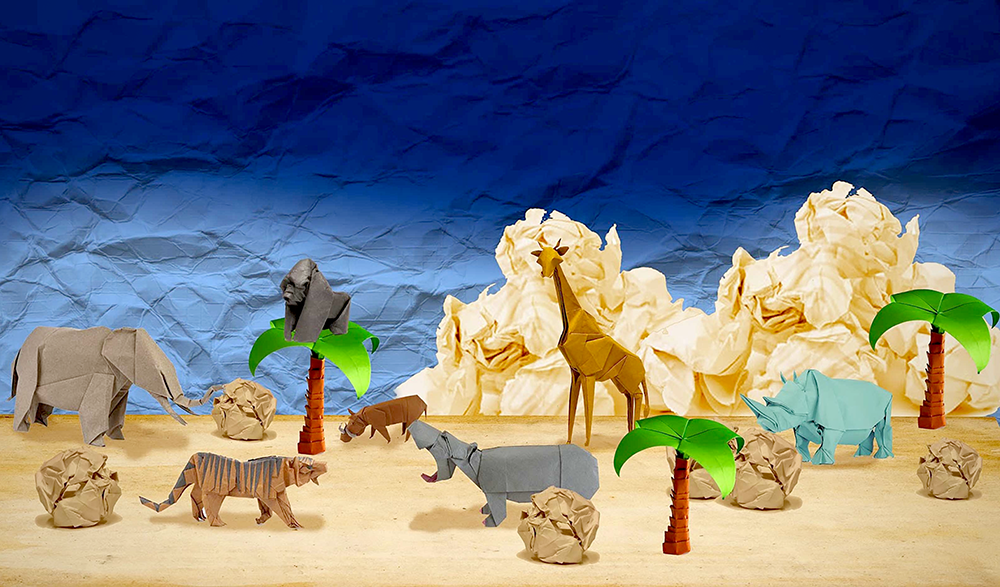
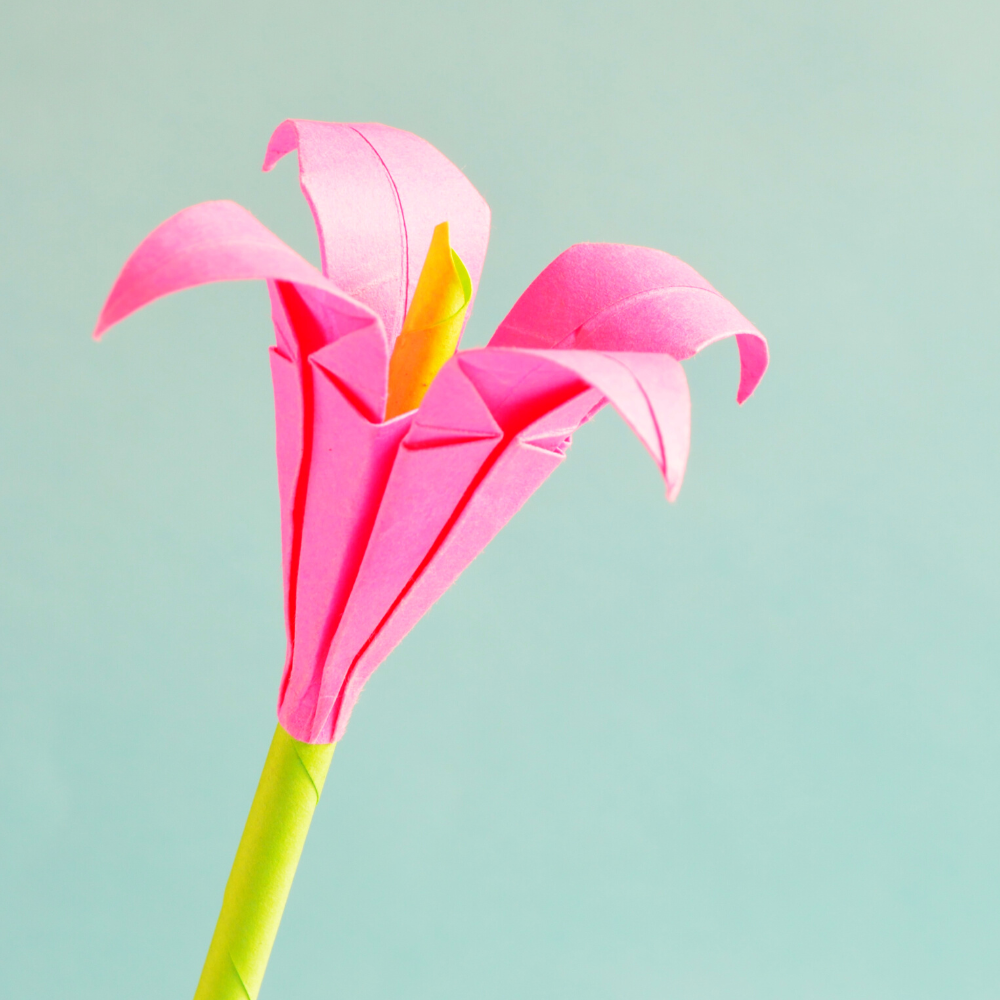
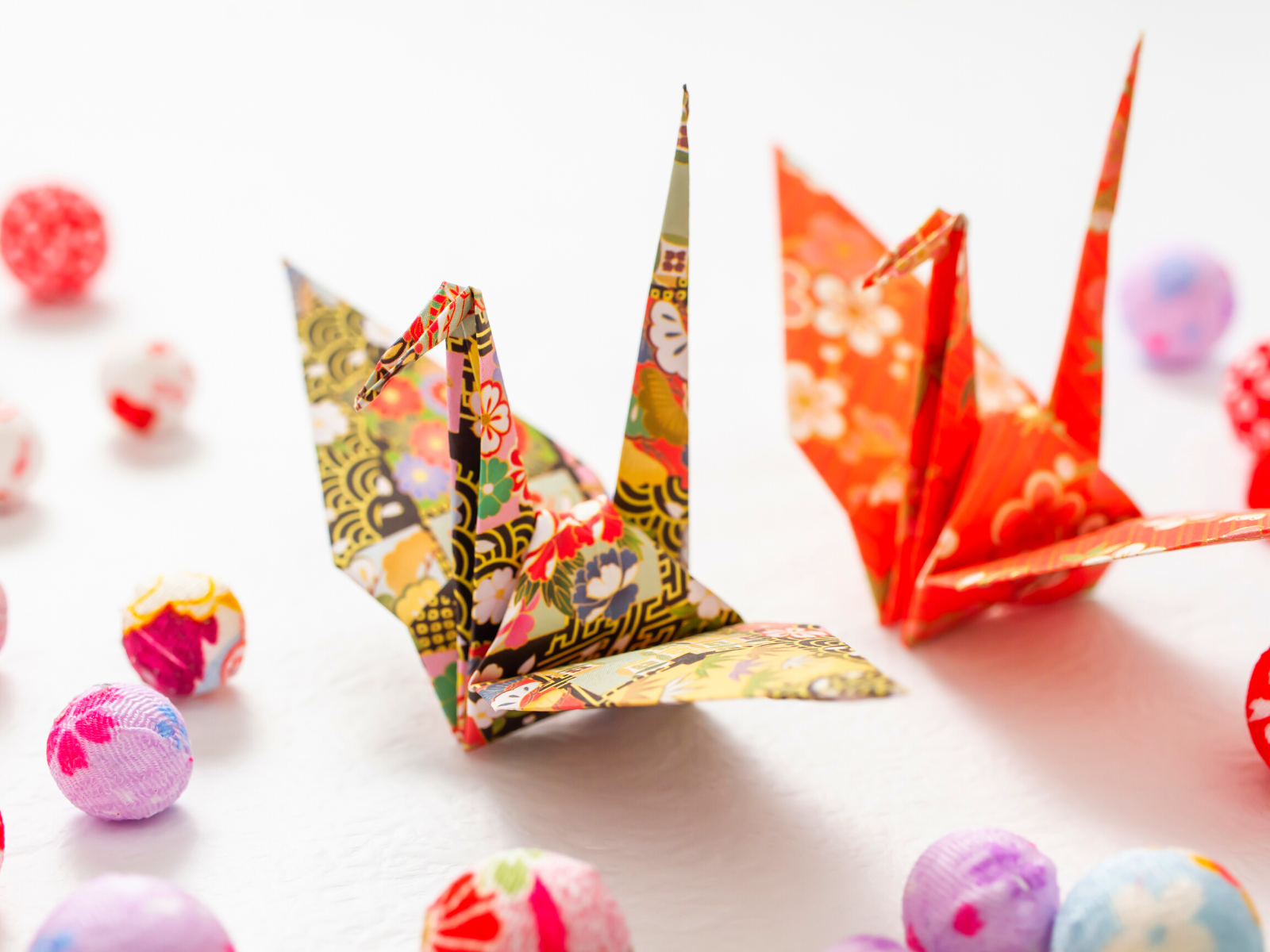
Curious to see origami in action? Check out ZHC Crafts' video!
Want even more content about creativity and art?
Be sure to check out all of our creative chronicles!
Eager to dive into the realm of paper art?
Check out our other art paper articles:
-What is Chinese paper art called?
-What kind of paper do you use for paper sculptures?
-What are paper sculpture techniques?
-Is origami Chinese or Japanese?

